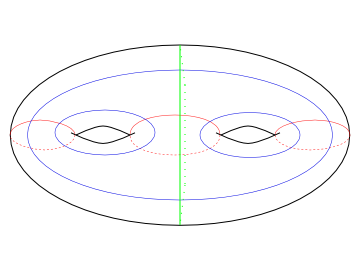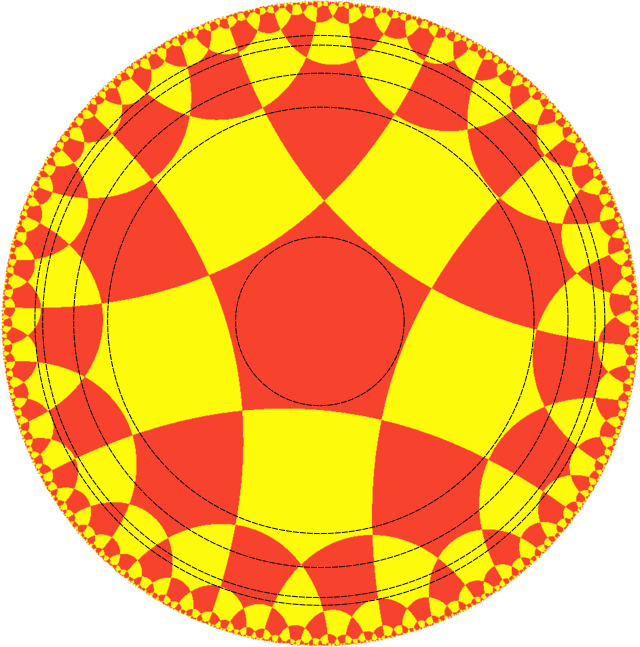One can answer your question positively, although I haven't tried to compute $g_R$ as a function of $R$.
One can tessellate a certain right-angled pentagon by $238$ triangles. Moreover, a genus 2 surface is an index 8 orbifold cover of the right-angle pentagon orbifold (i.e. an index 8 torsion free subgroup of the reflection group in a right-angled pentagon is a genus 2 surface group).
The area of a right-angled pentagon is $\pi/2$, and by Gauss-Bonnet the area of a genus $g$ surface is $4\pi(g-1)$, so one wants to find tessellations of a right-angled polygon by $g-1$ right-angled pentagons. The reflection group in this polygon will be an index $g-1$ subgroup of the right-angled pentagon reflection group. Then the induced index 8 subgroup will be a genus $g$ surface group.
Thus, we'd like to know for a given $g$, what is the right-angled polygon tessellated by right-angled pentagons which contains a disk of radius $R$? Eight copies of this polygon will give a fundamental domain for the surface group, and hence have the properties you desire.
As in Peter Scott's proof of the residual finiteness of surface groupsPeter Scott's proof of the residual finiteness of surface groups, given a disk of radius $R$, we may take its convex hull with respect to the lines in the pentagonal tiling.
This will take some number of pentagons which is roughly exponential in $R$. As $R$ increases, we will get a sequence of linear growth $R_n$ with tilings containing $s_n$ pentagon tiles and containing a disk of radius $R_n$. In this diagram, the polygons are made of a convex union of pentagons containing each circle (note, the pentagon made of 238 triangles has a different shape since it's not regular, this is just for demonstration, but would still yield $R_n$ up to quasi-isometry):
To interpolate between the $s_n$, a simple thing one can do is add a string of right-pentagons onto a free boundary component. Doing this, we can get any number of pentagons between $s_n$ and $s_{n+1}$, and hence for any number.


